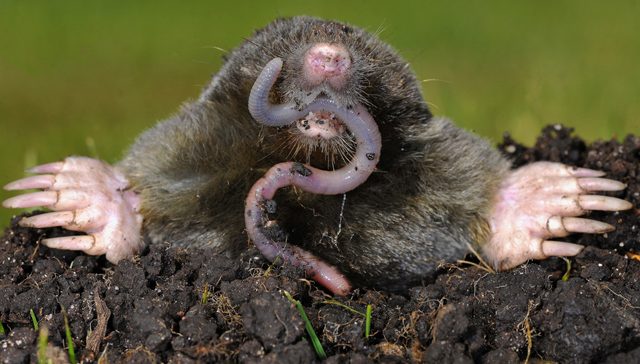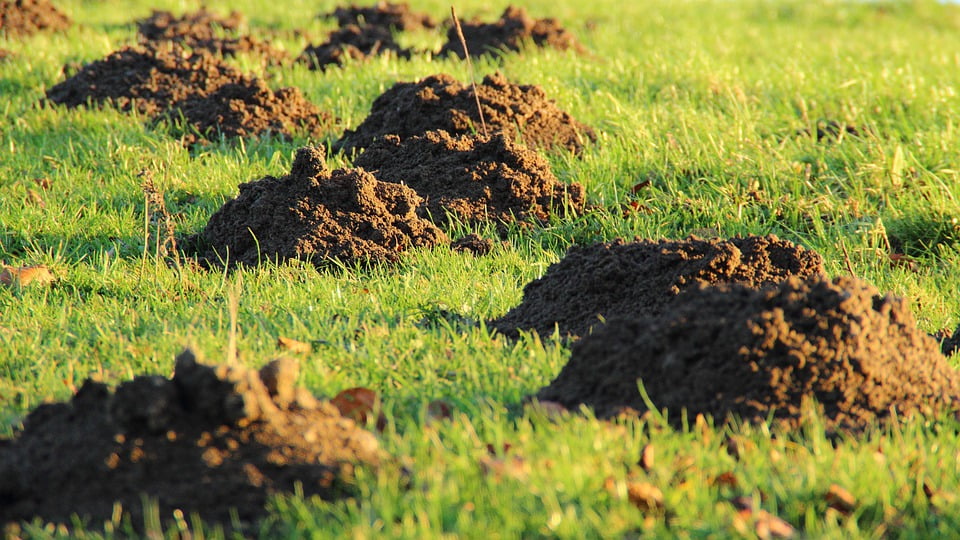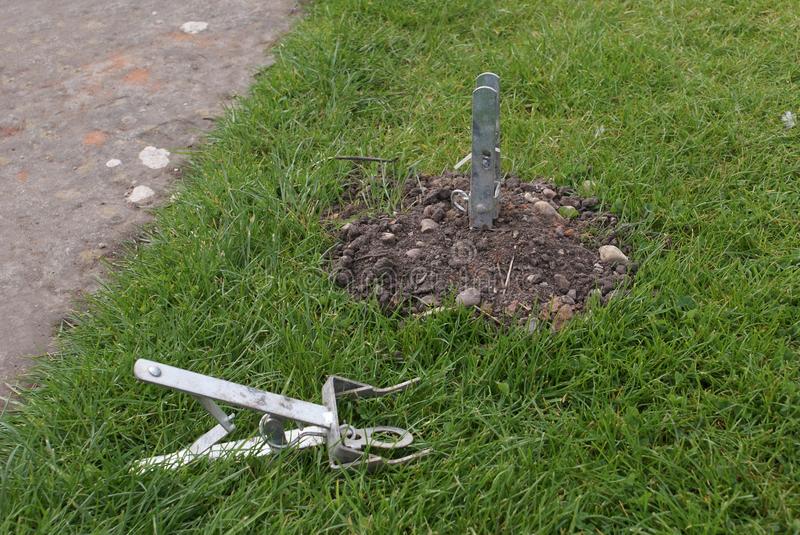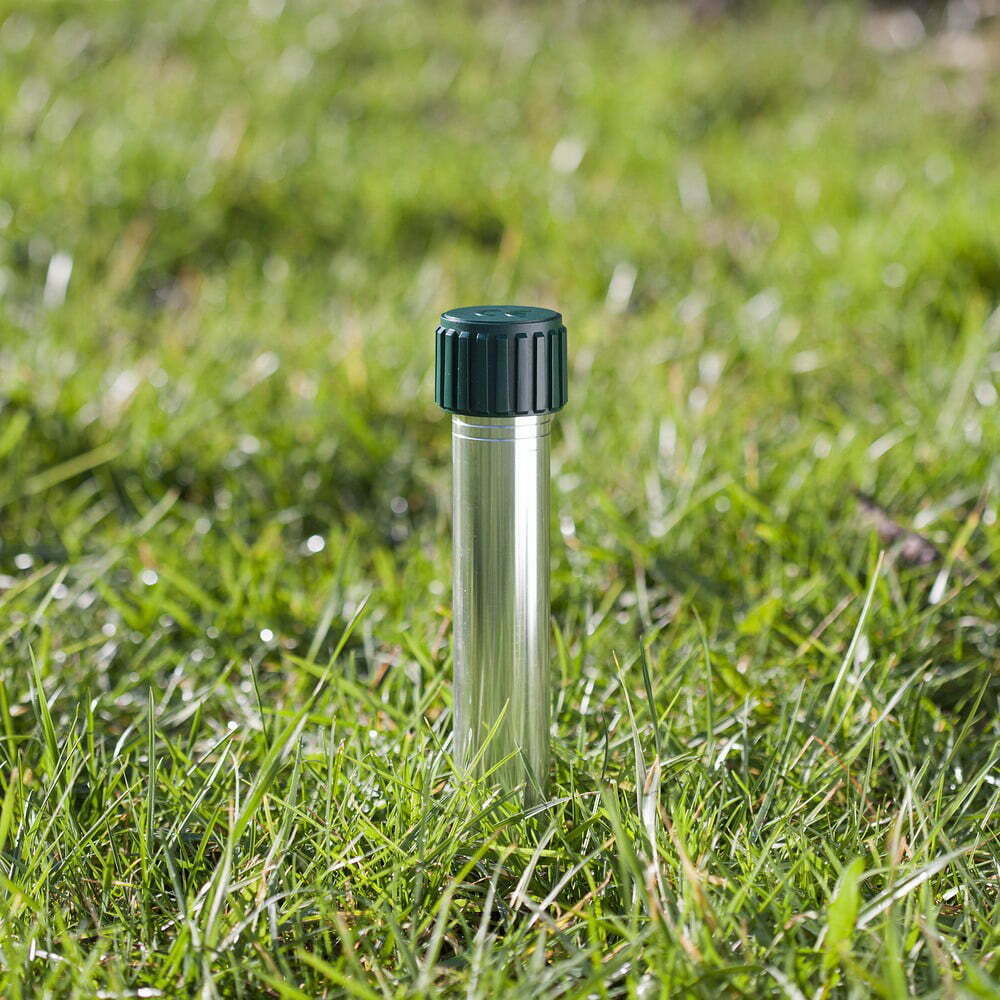Moles are insectivores and like to eat centipedes, earthworms, insect larvae and millipedes. Their tunnels wreak havoc on gardens and lawns and provide easier access for other rodents to feed on the plants. Moles usually dig tunnels where the soil is rich in organic matter. If you see a large number of moles in a particular area of your yard, it could be a red flag that the soil pests are plentiful. Because they can tunnel up to 15 feet per hour, which has led many homeowners to wish the mole was gone forever, here’s what you need to know.
What is a mole?
Moles are solitary, insect-eating animals that live underground and rarely surface, usually just to find a mate. They dig a foot deep in the soil and use their front claws to dig a network of underground tunnels.
How to identify moles? They are about seven inches long and have pointed beaks, small eyes and hairless noses. Their eyes and ear canals are covered by fur, and they have no outer ears. They have very broad front feet with webbed toes, but narrow hind feet with slender claws.
Here’s how WIKI describes them:
Moles are small mammals adapted to a subterranean lifestyle. They have cylindrical bodies, velvety fur, very small, inconspicuous eyes and ears, reduced hindlimbs, and short, powerful forelegs and large claws adapted for digging.
Moles may be considered pests to gardeners, but they make positive contributions to soils, gardens, and ecosystems, including soil aeration, feeding on slugs and small root-eating critters, and feeding other wildlife Provide prey. They eat earthworms and other small invertebrates in the soil
But: When you have too many moles affecting your landscaping, it’s time to take action.
What moles eat: Moles are insectivores and feed on grubs, insects, and earthworms (which are good for a healthy lawn or garden).


How to check for moles
Checking for moles includes checking your yard and sidewalks. If you see 3 to 5 inches of soil or ground bumps near the sidewalk, this is a sign of a digging mole. The best way to tell if you’re looking at Mole Hill is its size. They are usually small, but can be up to a foot in diameter. You’ll also find that most mole lesions occur in damp and shady areas, where earthworms, grubs, and other insects are abundant.


How to Stop Moles
Remove food sources for moles
Moles love to eat earthworms, grubs, and other insects that live deep in your lawn, so you may want to invest in products that can help control these insects. If you cut off a mole’s food supply, they’ll lose interest.


Use castor oil
Moles don’t like the taste or smell of castor oil, and it contaminates the ground to breed insects. Make a spray using three parts castor oil, one part dish soap, and three parts water. Spray it anywhere you see tunnels and molehills. Rodent repellent fumes can also be released in your yard.
Plant deterrent flower
Moles don’t like the smell of daffodils, marigolds, and anything from the allium family. This plant barrier is generally safe for children and pets, and it adds a lovely color to your yard.
Improving drainage system
Because moles like to live where the soil remains moist, you can try to stop them by improving your home’s drainage system. If the problem is not serious, you can simply wait and see if the mole moves to another location on its own. But if the damage to your lawn or garden seems to be getting worse, it’s best to take action to get rid of the mole.
Dig a trench
To create an artificial border around your lawn and garden, dig a trench about 2 feet deep and 6 inches wide around the space you want to protect.
Fill ditches with stones, or line them with wire mesh or stiff cloth, with holes ¾ wide or smaller. This is a time-consuming but effective long-term solution to keep moles from burrowing into your yard.
Call a pest control professional.
For widespread mole problems, hire a pest control service or wildlife relocation professional to handle mole removal.
Products You Can Use to fix Mole problem
Mole trap
Humane Mole Traps: There are many deadly traps on the market, including cinch, scissor and snare styles. Some of these methods do not kill moles quickly, and animal rights groups have protested their use. If you prefer a non-lethal method of trapping, live mole traps can be used safely around your children and household pets.


Mole bait
Find safe and natural pesticides. Because moles eat what lurks beneath the surface, getting rid of their food supply is an ideal remedy. Choose products that destroy pests without harming plants or animals. These products should also be safe to use around children and pets.
Ultrasonic mole repeller spike
Getting rid of moles and gophers can be a hassle. However, they don’t like to live in areas where they are disturbed. A sonic spike inserted into the ground uses electronic pulses to create irritating sounds to drive these pests away. There are multiple ultrasonic pest control options to choose from.


Granular repellent
Apply granular repellent where you see mole mounds and bumps in the ground. These repellents contain ingredients that moles don’t like, including castor oil, cinnamon and garlic.
Non-lethal sprays
The active ingredient in many non-lethal sprays is castor oil. These sprays can treat up to 10,000 square feet. When the spray seeps into the ground, it kills the mole’s food source and repels the mole itself. These insect repellent sprays are safe to use around pets and children.
Moles Control Frequently Asked Questions
Are moles dangerous?
Moles are not dangerous to humans, and contact with them is rare. However, they can cause significant and expensive damage to yards and landscaping. Even if they are not dangerous, do not try to feed them or interact with them.
What time of day are moles most active?
While moles are active throughout the day, their activity levels peak around noon and midnight. They also tend to be active after a warm, soaking rain, when the insects they eat are most active.
What are the best home remedies to get rid of moles?
Natural home remedies to spread to your yard and molehills include using castor oil, cayenne, garlic, and red peppers—or growing flowers like daffodils and marigolds, which are natural mole-suppressors.
Can you submerge the mole?
While some people recommend trying to flush the mole out of the hole with a hose or bucket, we recommend against doing so.
This method will only damage your lawn and loosen the dirt under the grass, making it easier for moles and other pests to burrow in. Additionally, moles can simply hide on the ground until the water recedes, making this strategy ineffective.
How can I humanely prevent moles from infesting my yard?
Non-lethal mole prevention includes installing ultrasonic spikes, spraying the area with liquid rodent repellent, or spreading granular rodent repellent. You can also sprinkle some substances around your home, including cat litter and coffee grounds, to help repel moles.

